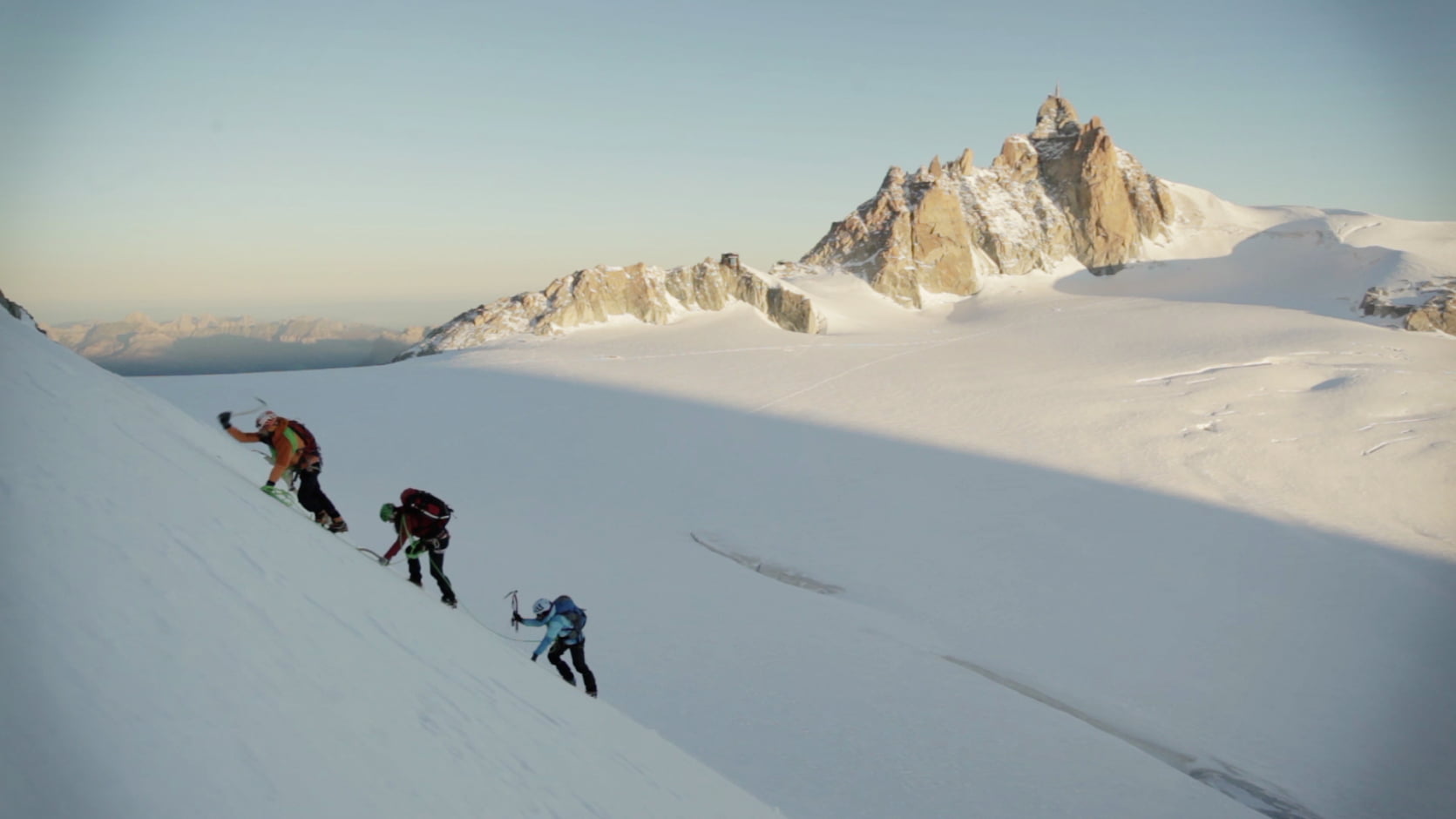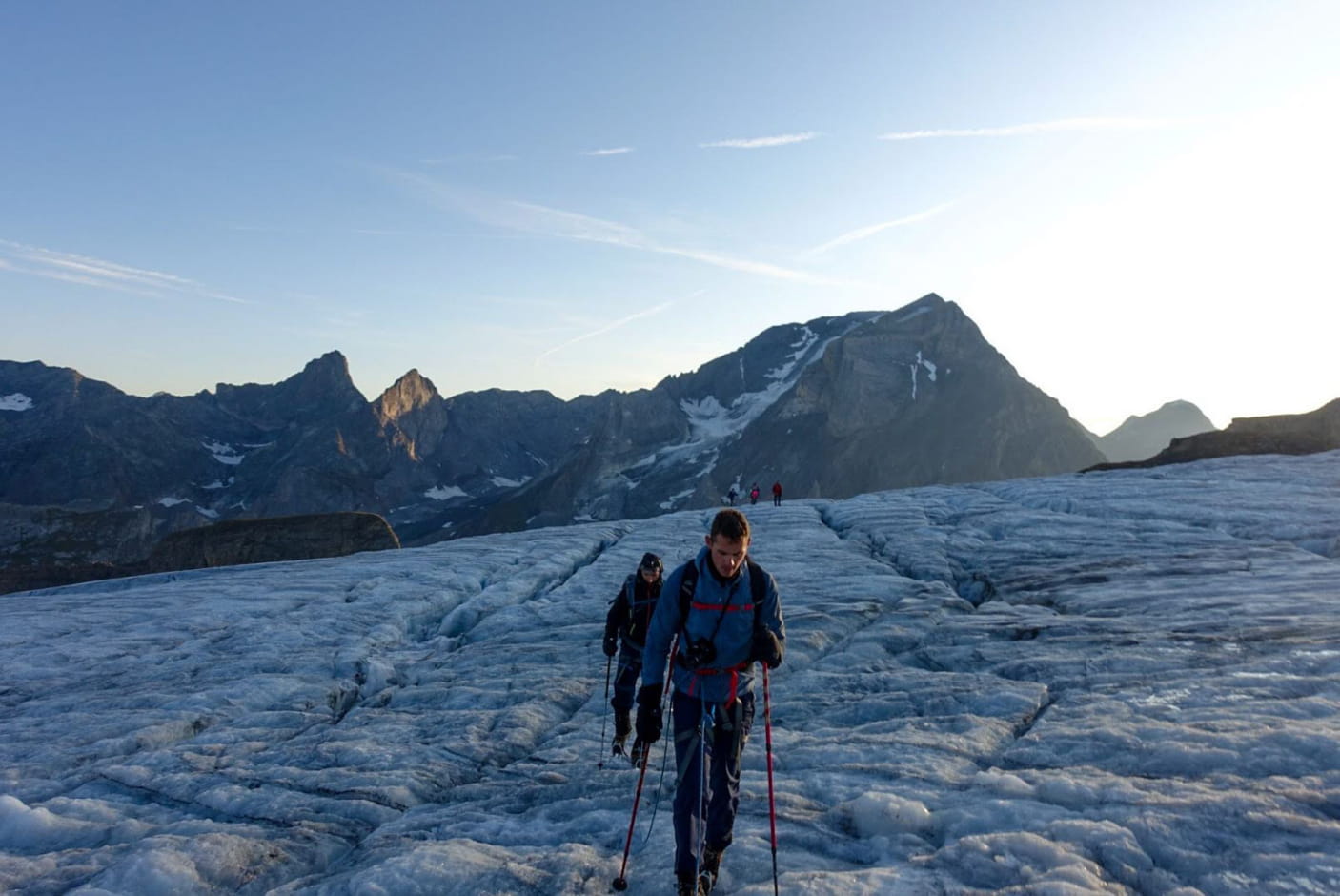Mountaineering from every angle
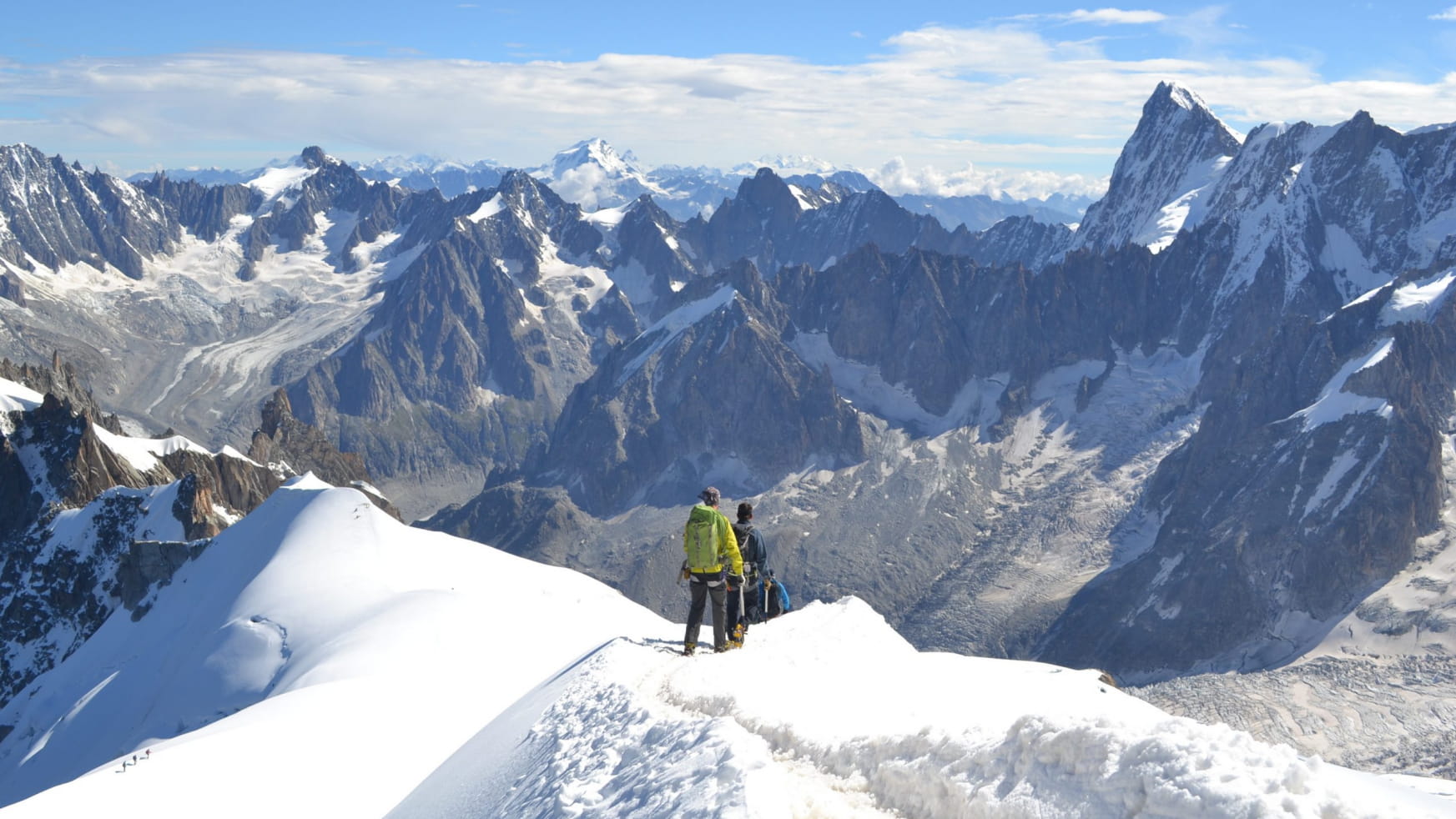
WHERE CAN YOU CLIMB?
Everywhere in the Savoie Mont BlancAlthough most of the activity is concentrated in Chamonix and the Mont Blanc Mountains, mountaineers climb in every season throughout the entire Savoie Mont Blanc area. The Aravis range in the Haute-Savoie and the Vanoise and Beaufortain ranges in the Savoie are the top spots for climbing.

FOLLOW YOUR GUIDE
Like a majority of mountain-based activities, mountaineering requires following safety rules. The high mountain guide offices found throughout the Savoie and Haute-Savoie provide instructors focused on safety for each project.
Not only do they want to provide the best athletic and human adventures for their clients, but they also supply important information—such as weather and difficulty levels—to anyone who tackles the mountains
.
COURSES and INTRODUCTORY LESSONS
Beginners, take an instructor with you when climbing summits and glaciers. Guides offer mountaineering courses, introductory lessons, and exploration in the Savoie and Haute-Savoie.
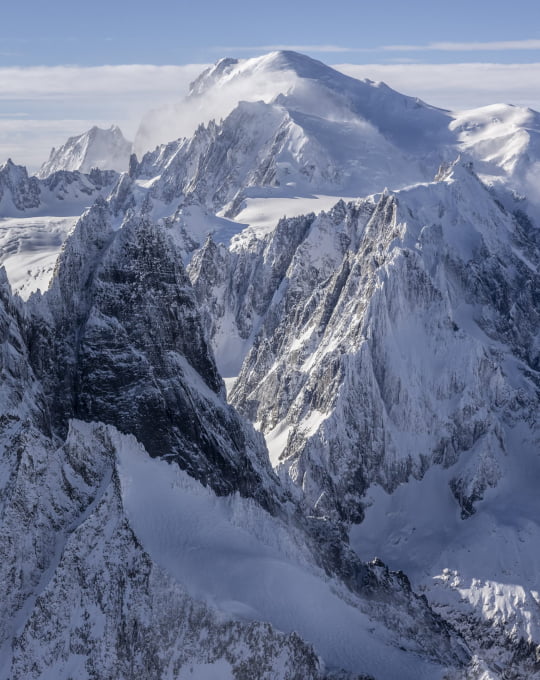
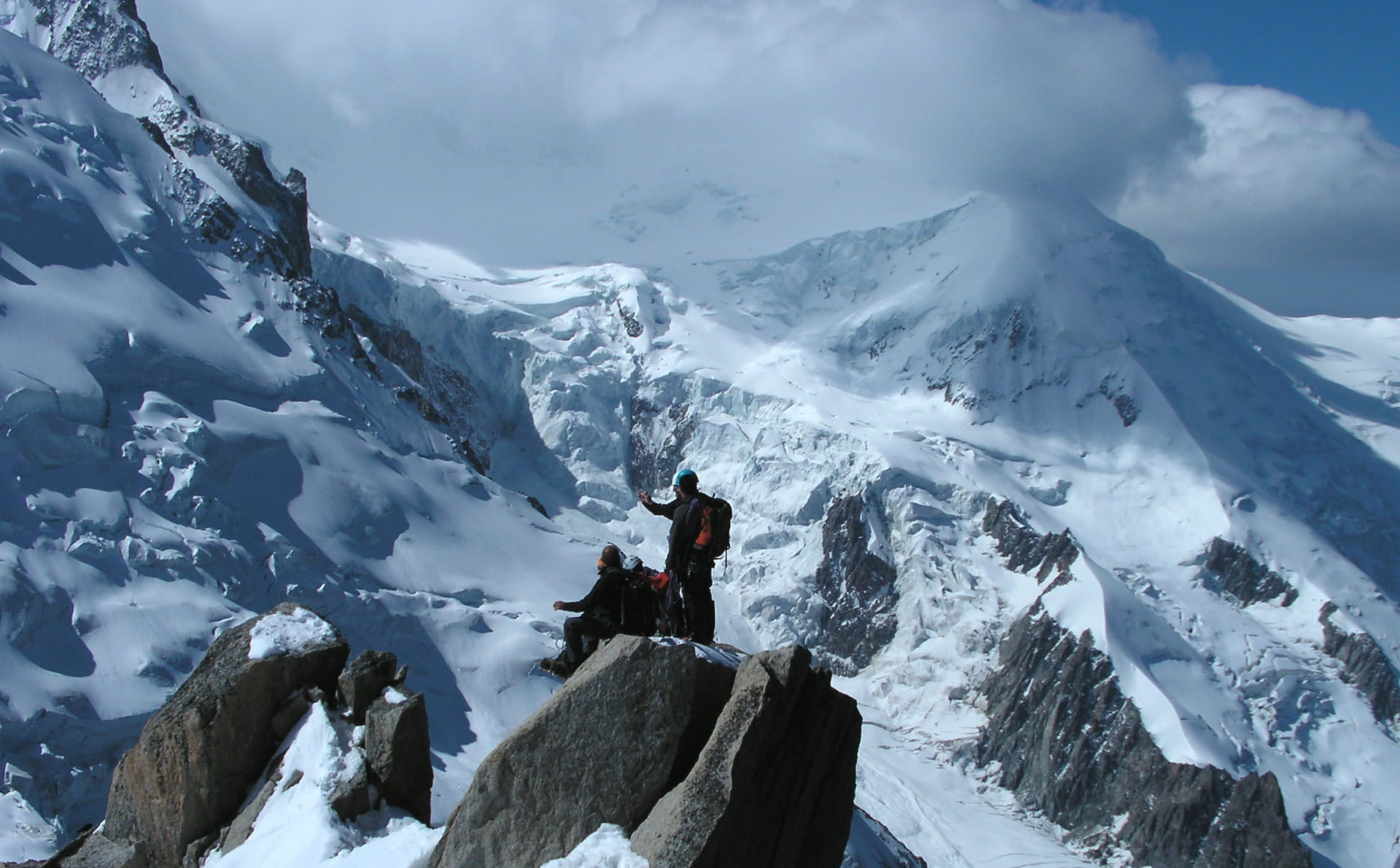
MOUNTAIN CLIMBING IN THE SAVOIE MONT BLANC
It is the symbol of the Savoie Mont Blanc area— what we look for as soon as we get close to the Alps. As the highest mountain peak in Western Europe at 4,809 metres, the Mont Blanc straddles the border within the French Haute-Savoie departement and the autonomous Vallée d’Aoste region in Italy..
THE FIRST ASCENT
It had been the object of fascination for centuries. What began with fear soon turned to curiosity for the 18th-century adventurers who came to Chamonix to observe and attempt to tame the mountain. The first people to successfully attain the goal were Jacques Balmat and Dr Michel Paccard. The two men achieved the first recognised ascent of the Mont Blanc on 9 August 1786. This exploit marked the beginning of mountaineering as we know it today.
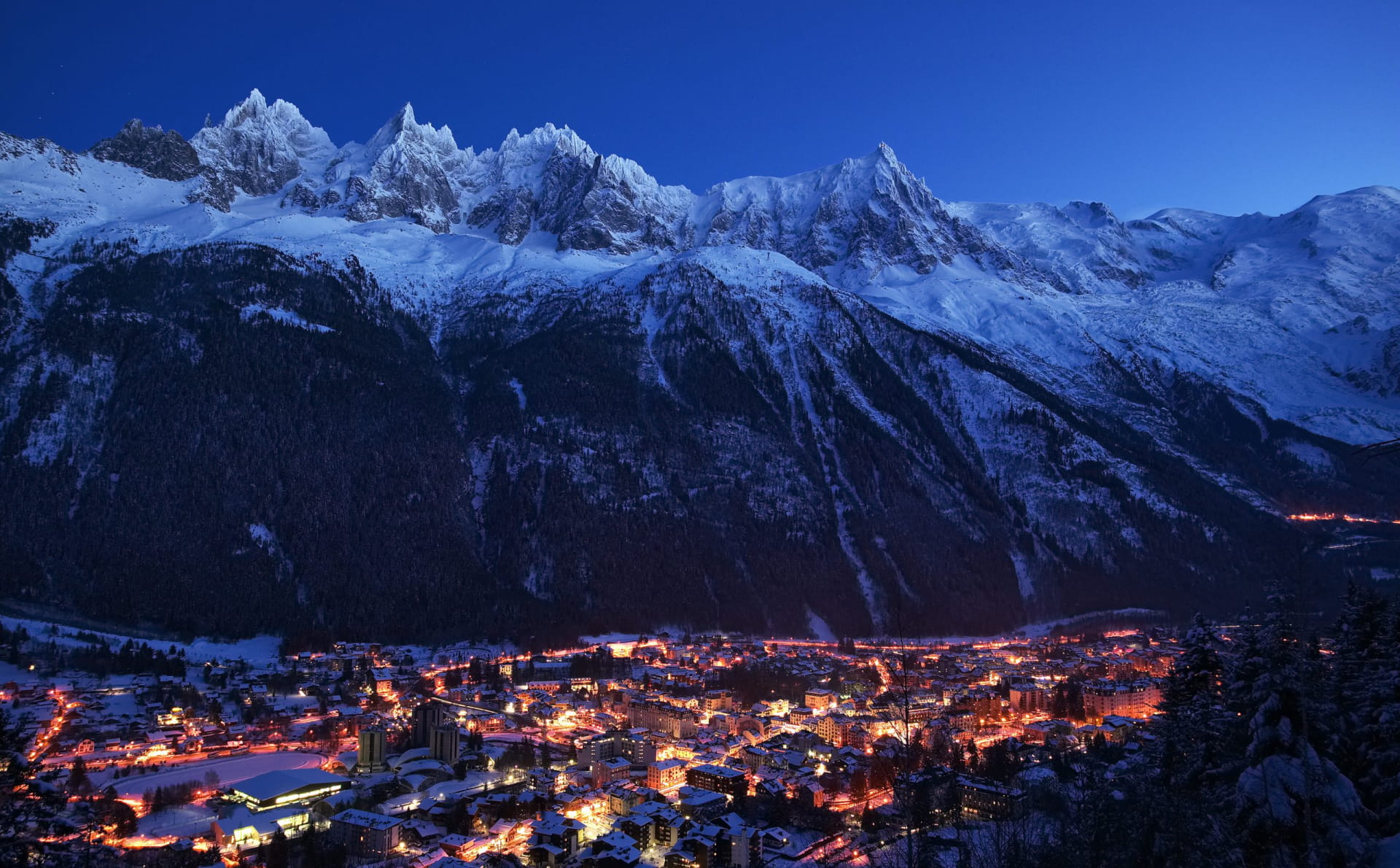
CHAMONIX, THE CAPITAL OF MOUNTAINEERING
Chamonix, sprawled out under the Mont Blanc and the Aiguilles Rouge mountain range, became the juncture for mountaineers and mountain climbers from that point onwards. The French refer to the city as the Capital of Mountaineering as it is the heart of the activity. This is where history took root and has recorded some of the most dramatic achievements and tragedies.

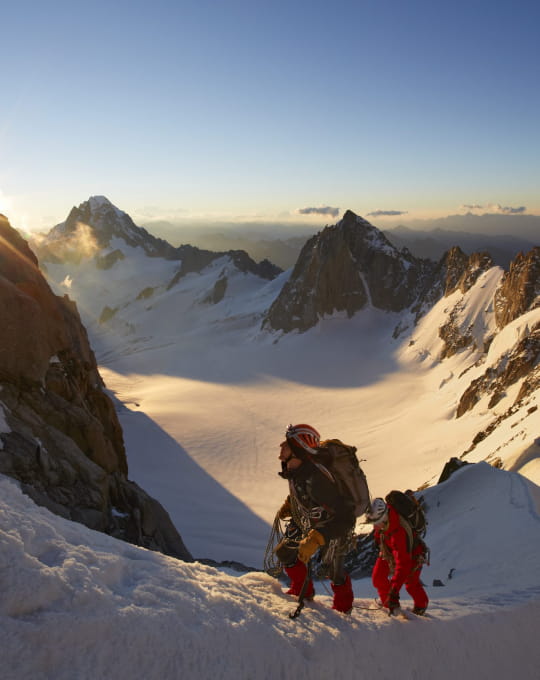
FOUNDING THE FIRST GUIDE SERVICE
An avalanche overtook an entire roped party during the second ascent of the Mont Blanc in 1820. Three guides were killed. The trauma and dismay caused guides to unite and found the Compagnie des Guides de Chamonix.
That was 200 years ago. Over the past two centuries, the service has evolved alongside mountain activities and has become an essential player. Although they first focused on mountaineering, the guides have diversified over time and now proposes a large choice of services, including mountain climbing, hiking, whitewater activities, mountain biking, and so o
A DAY FOR THE GUIDES
Every year since 1924, we honour the men and women who have been guides on 15 August, also known as Guides Day. The purpose of the day is to raise funds for the Caisse de Secours (Mountain Rescue Fund) in a spirit of sharing and solidarity through events organised in the Chamonix Valley villages.

